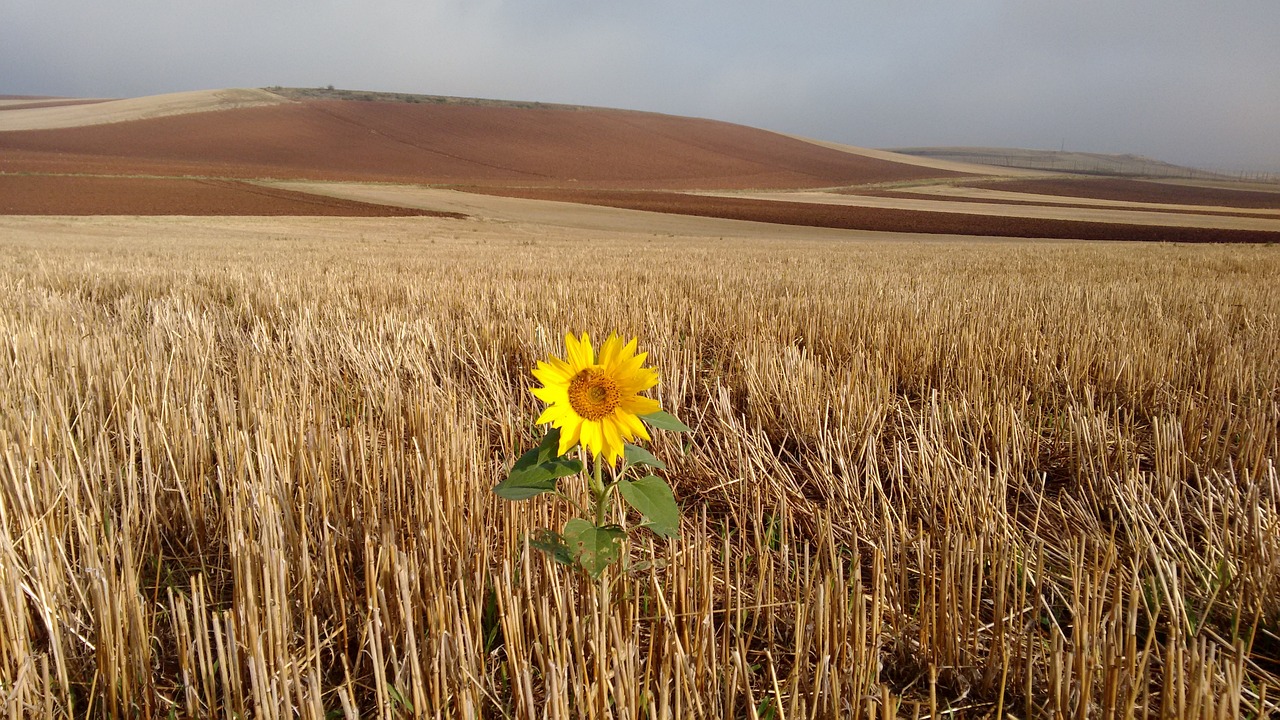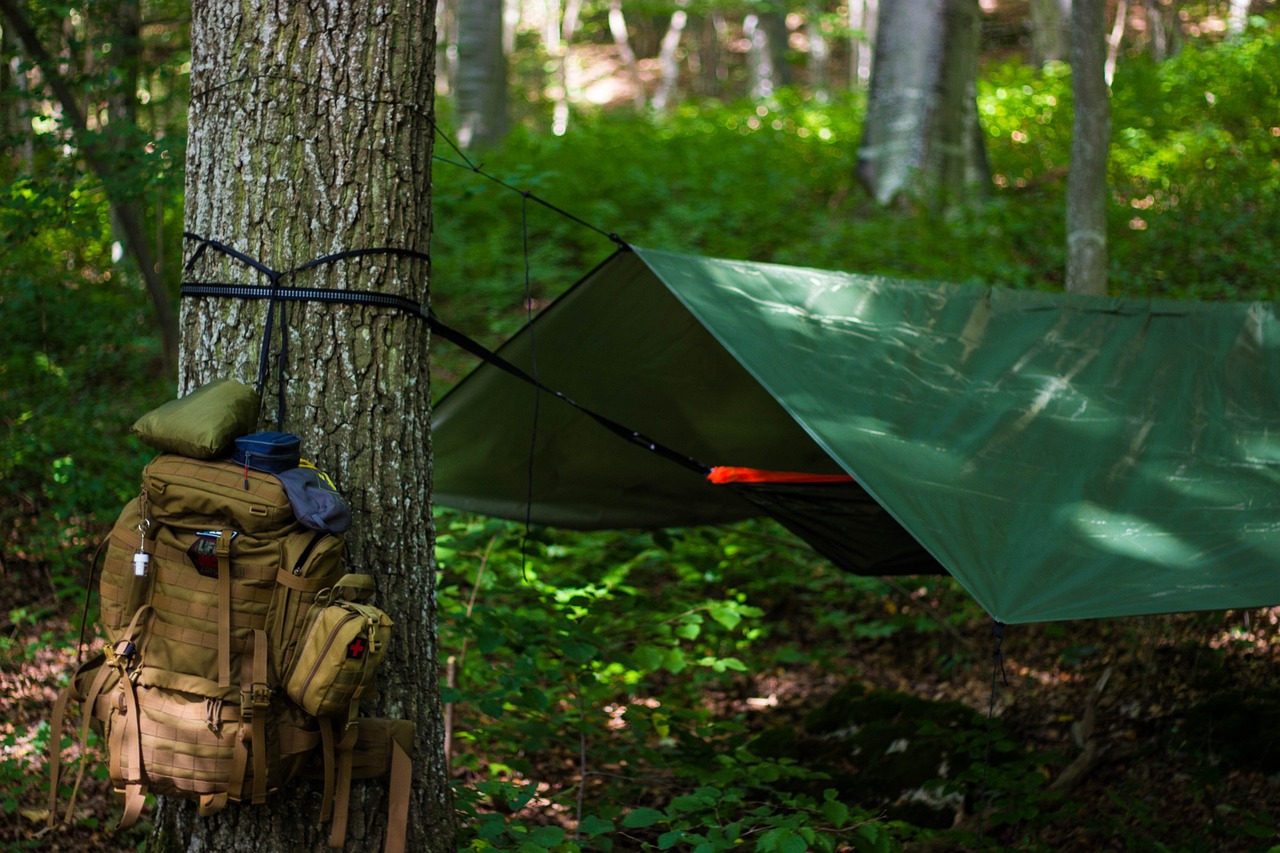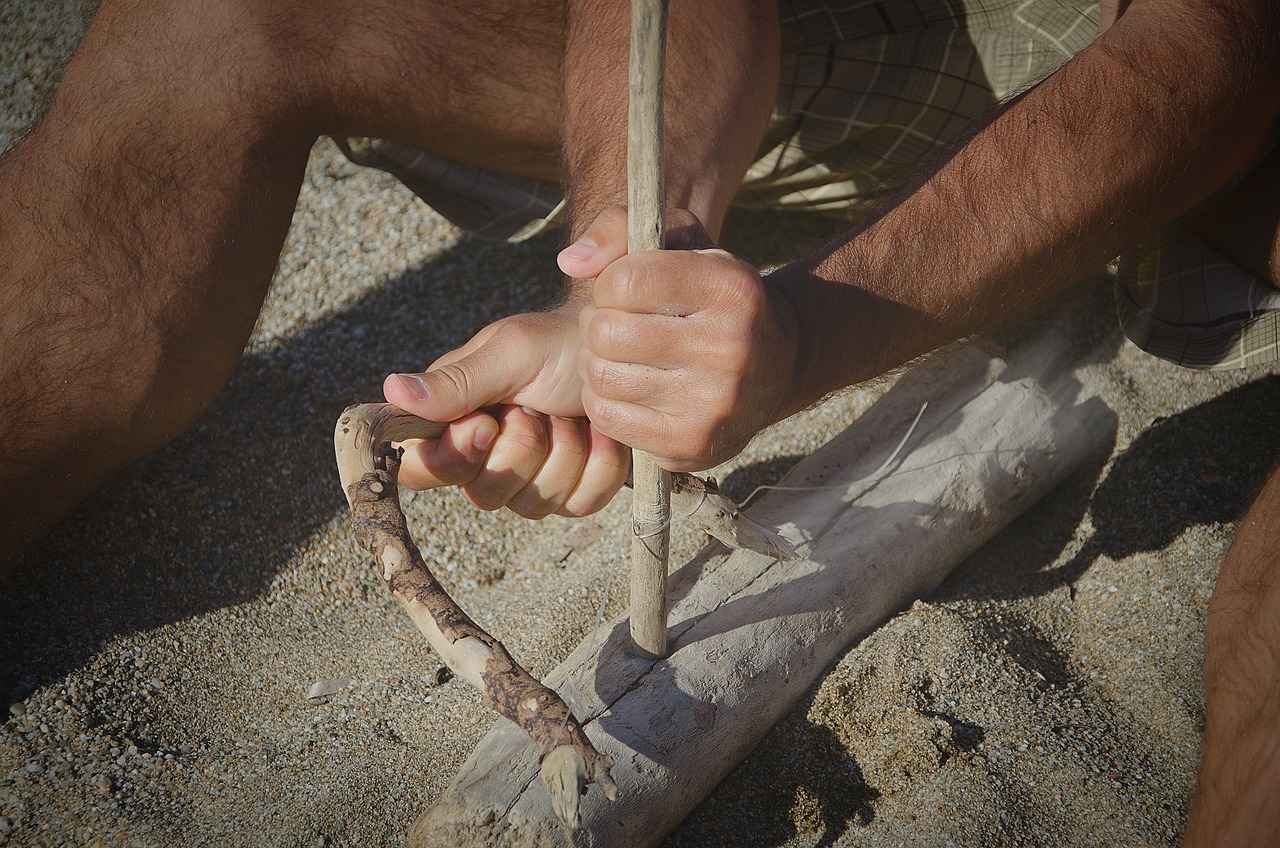Imagine finding yourself lost in a dense and unforgiving bush, surrounded by towering trees and tangled undergrowth. Panic may initially grip you, and thoughts of survival seem impossible. But fear not, for there are practical steps you can take to navigate this challenging situation. From identifying natural resources to constructing shelter, this article will guide you on how to survive in a bush, ensuring your safety and peace of mind in the face of the unknown.
Finding Shelter
Identifying suitable shelter locations
When finding yourself in a bush survival situation, the first step is to identify suitable shelter locations. Look for areas that provide protection from the elements such as strong winds and heavy rain. Look for natural features like overhanging rocks, fallen trees, or dense foliage that can serve as a barrier against wind and rain. Avoid low-lying areas prone to flooding.
Constructing a debris hut
If you can’t find a natural shelter, constructing a debris hut can be a lifesaver. Start by finding a sturdy branch and propping it up against a tree that acts as the main support. Gather an abundance of large sticks to form the basic structure of the hut. Layer smaller branches and leaves on top, creating insulation. Finish by covering the entire structure with a thick layer of leaves, moss, or grass.
Building a lean-to shelter
Another effective shelter option is the lean-to shelter. Find a fallen tree or large branches that have created a natural barrier against the wind. Place shorter branches against this structure, forming a slanted roof. Cover the roof with leaves, moss, or any other available foliage for insulation.
Creating a bivouac shelter
A bivouac shelter is a quick and easy option for temporary shelter. Find a fallen tree with a large, slanted trunk. Lie against the trunk and cover yourself with branches, leaves, or any other available materials. This shelter provides ample protection against the elements, especially when combined with additional layers.
Using natural shelters
In a bush environment, natural shelters can come in handy. Look out for caves, rock formations, or dense clusters of foliage that can provide protection. It’s important to thoroughly inspect natural shelters for potential hazards or inhabitants before settling in.
Water Procurement
Locating a water source
Finding a reliable water source is crucial for your survival. Look for signs of flowing water, such as the sound of a stream or the presence of green vegetation. Pay attention to animal tracks, as they often lead to water sources. Digging in damp soil or using improvised tools like a bamboo or plastic sheet to collect rainwater are also great options.
Purifying water
Unfortunately, water found in the bush is not always safe to drink. To ensure your water supply is free from harmful bacteria and parasites, it’s essential to purify it. Boiling water is the most effective method, but if you don’t have a container, using water purification tablets or filtering it through fabric can help remove impurities.
Building a solar still
When water sources are scarce, building a solar still can be a life-saving technique. Dig a hole in the ground and place a container in the center. Cover the hole with plastic, making sure it’s airtight. Place a small rock in the middle of the plastic to create a dip. The heat from the sun will cause evaporation, and the condensation will collect in the container, providing you with clean water.
Collecting rainwater
Rainwater is a valuable resource in bush survival. Use any available containers, like leaves or improvised vessels, to collect rainwater during a downpour. Tying fabric around your ankles and walking through long grass can also help collect moisture, which can then be wrung out into a container.
Extracting water from plants
Some plants, like cacti and certain vines, contain water that can be extracted in a survival situation. Cut open the plant and collect the liquid inside. However, it’s essential to research and identify safe plants for water extraction to avoid consuming toxic substances.

Firecraft
Gathering firewood
Fire is essential for warmth, cooking, and signaling for rescue. Collecting firewood is a crucial step in firecraft. Gather dry wood from fallen branches or dead trees. Look for small, dry sticks, as well as larger logs that will provide sustained heat.
Building a fire pit
Creating a fire pit helps contain the fire and prevents it from spreading. Clear a circular area of any debris and dig a shallow hole in the ground. Surround the pit with rocks to form a protective barrier. This will help reflect heat back towards you and maintain control over the fire.
Creating a fire starter kit
Building a fire starter kit is essential in bush survival. Include items such as a lighter, waterproof matches, and a ferro rod. Additionally, pack tinder, such as dry leaves or birch bark, to easily ignite the fire. Keep the kit in a waterproof container to ensure it stays dry.
Starting a fire without matches
In case you don’t have matches or a lighter, there are alternative methods to start a fire. Using a fire starter kit, strike the ferro rod against a sharp edge to create sparks that can ignite the tinder. Other techniques include the bow drill or hand drill methods, which involve using friction to create an ember that can ignite your fire.
Maintaining and extinguishing a fire
Once you have a fire going, it’s important to maintain it properly. Add small sticks gradually, ensuring a steady supply of fuel. To extinguish the fire, use water or dirt to douse the flames thoroughly. Stir the ashes to cool them down and repeat the process until no heat remains.
Food Procurement
Identifying edible plants and fungi
Finding food in a bush environment can be challenging, but it is possible. Educate yourself on edible plants and fungi that are safe to consume in the area you are in. Look for common edible plants and learn how to identify them based on their leaves, flowers, and other characteristics.
Foraging for wild edibles
Foraging for wild edibles involves collecting plants and berries that you can consume safely. Look for familiar plants like dandelions, berries, or wild garlic. However, it’s important to research the region and flora beforehand, as some plants may appear edible but are in fact toxic or inedible.
Hunting small game
Hunting small game in a bush environment requires patience, skill, and knowledge of the local wildlife. Use traps, snares, or a homemade bow and arrow to catch animals for food. Research the regulations and restrictions regarding hunting in your area, as well as learning proper techniques for dispatching animals humanely.
Setting traps and snares
Setting traps and snares is an effective way to catch animals for food. Research different types of traps and snares that are legal and ethical in your area. Understanding animal behavior, tracking techniques, and baiting strategies are key elements in successfully setting traps and snares.
Fishing techniques
If you’re near a water source, fishing can provide an excellent source of food. Learn different fishing techniques, such as using a fishing line and hook, making a primitive fishing net, or constructing a fish trap. Understanding the local fish species and their behavior will increase your chances of a successful catch.

Navigation
Using natural navigation techniques
In the bush, natural navigation techniques can help you find your way. Observe the sun’s position throughout the day to determine east and west. Moss tends to grow on the north side of trees, providing a basic compass. Pay attention to wind patterns and how certain animals behave, as they often rely on natural instincts to navigate.
Reading topographic maps
Topographic maps are invaluable tools for navigation. Learn how to read contour lines, understand symbols, and interpret geographic features. Use a compass alongside a topographic map to determine your location and the direction you need to follow.
Using a compass
A compass is a reliable tool for navigation in a bush environment. Learn how to use a compass to determine cardinal directions and track your progress. It’s crucial to keep your compass protected from any magnetic interference, such as electronic devices or metal objects.
Navigating without a compass
In case you don’t have a compass, there are alternative methods for navigation. The stars can guide you at night, with the North Star being a valuable reference point. Natural features like rivers or mountain ranges can also help orient yourself and find your way. Understanding animal behavior and their migration patterns can provide additional directional cues.
Using celestial navigation
Celestial navigation involves using the sun, moon, or stars to determine your direction. During the day, the sun’s position can help identify east and west. At night, the stars can guide you, with the North Star being a reliable reference point in the northern hemisphere. Learning celestial navigation requires practice and familiarity with the night sky.
Signaling for Rescue
Creating visible signals
When in need of rescue, creating visible signals can greatly increase your chances of being found. Build a large, smoky fire during the day to create a column of smoke that can be spotted from a distance. Use brightly colored clothing or materials to create a visual contrast against the natural environment.
Generating audible signals
Audible signals can help rescuers locate you in dense bush areas. Yelling or shouting for help can be effective if you believe there are people nearby. Use a whistle to produce a high-pitched sound that can carry over long distances. Three loud, distinct sounds (either by clapping or banging objects together) can be recognized as a distress signal.
Using a rescue whistle
A rescue whistle is a lightweight and efficient tool for signaling. Keep it easily accessible around your neck or in a pocket. The universal distress signal is three short blasts, repeated every few minutes and separated by a brief pause. This signal should be recognized by anyone who may be in the vicinity.
Building an improvised signaling device
If you don’t have a rescue whistle, you can improvise a signaling device. Use a metal object, such as a spoon, against a hard surface to produce a loud noise. Flashing a mirror or reflective surface towards a potential rescuer can also attract attention.
Using Morse code
Morse code is a communication method that uses dots and dashes to represent letters of the alphabet. Learn basic Morse code signals to create audible or visible signals in an emergency situation. A universal distress signal is represented by SOS (three short signals followed by three long signals, and then followed by another three short signals).

First Aid
Assessing injuries and medical conditions
In a bush survival situation, it’s important to assess injuries and medical conditions to determine the necessary first aid. Take note of any visible wounds, fractures, or signs of illness. Assess the severity of injuries and prioritize treatment accordingly.
Treating wounds and cuts
Clean wounds thoroughly with clean water, if available, or with a sterile cloth or bandage. Apply pressure to stop bleeding and use a sterile dressing to cover the wound. If necessary, immobilize any broken bones or fractures to prevent further damage.
Providing basic life support
Basic life support involves techniques to sustain life until professional medical help arrives. Learn CPR (cardiopulmonary resuscitation) and rescue breathing techniques to assist someone who may have stopped breathing or has no pulse. Understanding the recovery position and how to manage choking situations can also make a difference in life-threatening emergencies.
Identifying and treating common illnesses
It’s important to be able to identify and treat common illnesses in a bush survival situation. Recognize symptoms of dehydration, heat stroke, hypothermia, or food poisoning. Improvise treatments with available resources, such as increasing fluid intake, keeping warm, or inducing vomiting if necessary.
Improvising medical supplies
In a bush environment, medical supplies may be scarce. Improvise medical supplies using available resources. Use clean clothing or fabric as bandages, sticks or branches as splints, and improvisation for tourniquets. Remember to prioritize cleanliness and sterility to prevent infections.
Wildlife Encounters
Identifying dangerous animals
Knowing how to identify dangerous animals in the bush is crucial for your safety. Research indigenous wildlife and understand their behavior. Recognize signs of aggression, territoriality, or venomous features. Some examples of dangerous animals may include snakes, spiders, large predators, or venomous insects.
Avoiding confrontations with wildlife
The best approach with wildlife encounters is to avoid confrontations whenever possible. Stay calm and move away slowly and quietly, without turning your back on the animal. Make noise to alert animals to your presence, helping them avoid any potential surprise encounters.
Handling encounters with bears
If you encounter a bear, it’s important to remain calm and avoid sudden movements. Back away slowly while facing the bear, giving it a clear escape route. Speak in a calm voice and raise your arms to make yourself appear larger. Backpacks or other items can be used as a shield.
Dealing with snakes and venomous creatures
If you encounter a snake or other venomous creature, it’s essential to handle the situation with caution. Back away slowly and give the creature space. Do not attempt to handle or provoke it. In case of a snake bite, immobilize the affected limb, keep it below heart level, and seek medical attention as soon as possible.
Protecting yourself from insect bites
Insect bites can be not only irritating but also pose health risks. Protect yourself from insect bites by wearing long, loose-fitting clothing, applying insect repellent, and using mosquito nets when sleeping or resting. Stay away from stagnant water sources, as they attract mosquitoes.
Psychological Survival
Maintaining a positive mindset
Maintaining a positive mindset is key to psychological survival in a bush environment. Focus on the aspects within your control, such as staying proactive and making the best of the situation. Keeping a positive attitude can help you stay motivated and resilient.
Managing fear and anxiety
Fear and anxiety are natural reactions in a survival situation, but they can be managed. Focus on your immediate tasks and take one step at a time. Practice deep breathing techniques to calm your mind and body. Distract yourself from negative thoughts by engaging in activities that keep you busy and focused.
Finding motivation and hope
Finding motivation and hope in a bush survival situation is essential for your mental well-being. Set small achievable goals for yourself, such as finding food or building a better shelter. Celebrate even the smallest successes as they occur, and remind yourself that you are capable of overcoming the challenges you face.
Coping with isolation and loneliness
Isolation and loneliness can take a toll on your mental state in a bush survival situation. Focus on staying mentally stimulated by engaging in activities like journaling, drawing, or practicing mindfulness. If possible, try to establish communication with others, even if it’s via a signal or a distant conversation with potential rescuers.
Developing resilience
Developing resilience is crucial for enduring the challenges of a bush survival situation. Embrace uncertainty and adapt to the circumstances as they unfold. Draw strength from your previous experiences and remind yourself that you are capable of overcoming adversity. Cultivate a mindset that is characterized by persistence, flexibility, and a refusal to give up.
Preparation and Equipment
Choosing appropriate clothing and footwear
Choosing appropriate clothing and footwear is essential for surviving in a bush environment. Wear loose-fitting, light-colored clothing to protect against both the heat and insect bites. Opt for sturdy, comfortable footwear that provides support and protects your feet from sharp objects or snakebites.
Packing essential tools and supplies
Having the right tools and supplies can greatly contribute to your survival in the bush. Pack a multi-tool, a first aid kit, a fire starter kit, a compass, a water filter or purification tablets, a signaling device, a sturdy knife, and extra clothing. Prioritize lightweight and versatile items that serve multiple purposes.
Creating a survival kit
Create a personalized survival kit tailored to your needs and the specific environment you may find yourself in. Include essentials such as a shelter material, water containers, high-calorie food bars, a whistle, a flashlight, a mirror, a radio, a map, a compass, a first aid kit, and fire-starting tools.
Carrying a navigation aid
A navigation aid, such as a compass or a GPS device, is crucial for orienting yourself and finding your way in a bush environment. Keep your navigation aid easily accessible and protected from moisture or damage. Familiarize yourself with its operation and use it in conjunction with other navigation techniques.
Knowing emergency contact information
Always carry emergency contact information with you in a survival situation. This information should include the phone numbers of local emergency services, as well as numbers of family, friends, or authorities who can assist in an emergency. Have this information written down on a durable, waterproof card and keep it with you at all times.
In a bush survival situation, being prepared and knowing how to navigate through various challenges can greatly increase your chances of survival. From finding suitable shelter to obtaining water and food, understanding how to create signals for rescue and keeping a positive mindset, each aspect is essential. By utilizing these skills and knowledge, you can navigate the bush with confidence and ensure your survival until rescue or self-recovery. Remember, staying calm, resourceful, and adaptable is the key to overcoming any obstacle that comes your way.
